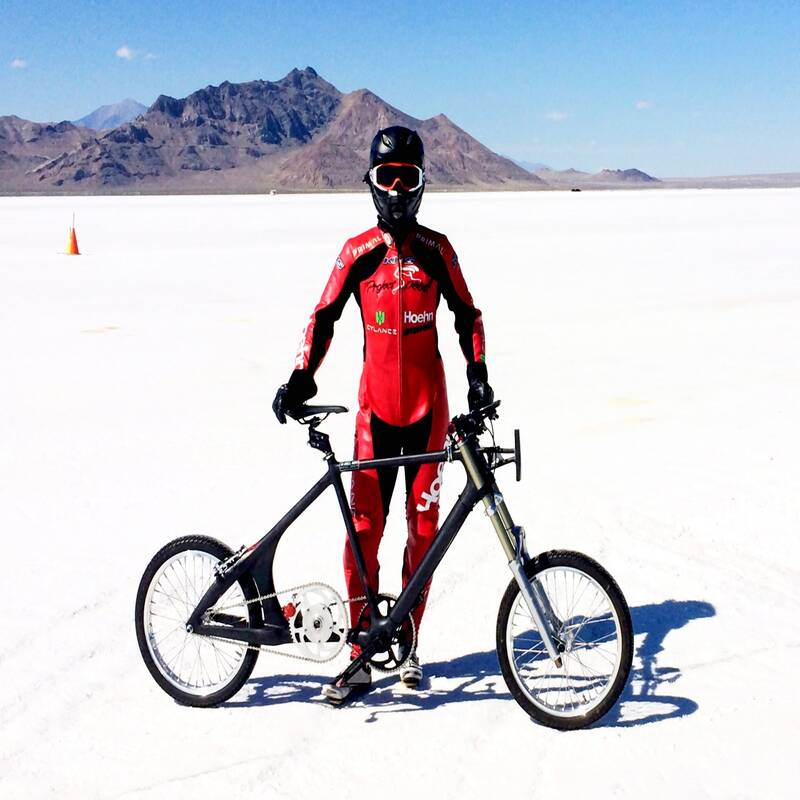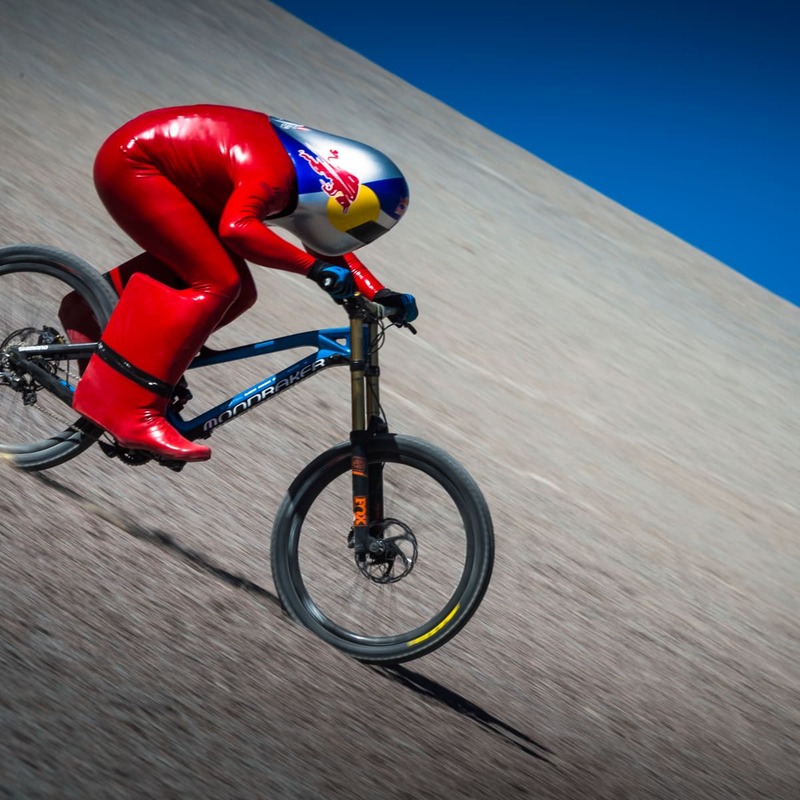Introduction
Bicycle speed record has fascinated enthusiasts and casual riders for decades. Riders push their limits, testing not only their skills but also the capabilities of the machines they ride. The quest for speed has led to advancements in technology, materials, and aerodynamics. Every new record sets the stage for future cyclists to dream even bigger. As the old saying goes, “To each their own,” and cycling appeals to everyone: from weekend cruisers to competitive athletes pushing the boundaries of human ability.
In recent years, speed records have gained significant attention due to various high-profile attempts. Athletes and engineers work tirelessly to design better bicycles. They focus on factors like weight distribution, drag reduction, and stamina enhancement. As speed records are broken, they also inspire a new generation of riders. Such records exemplify the spirit of determination and competition inherent in cycling culture.
However, achieving a bicycle speed record requires more than just a fast bike. Cyclists must also have exceptional technique and conditioning. Besides physical training, mental fortitude is crucial in high-speed situations. Record holders often share their training regimens and experiences via social media, motivating others in the cycling community. The excitement surrounding these records transcends mere numbers on a speedometer. It unites cyclists from around the world in pursuit of excellence.

The History of Bicycle Speed Records
The Early Days of Speed Trials
The history of bicycle speed record dates back to the late 19th century. Initially, cyclists rode fixed-gear bikes, which presented unique challenges. These early bicycles provided little gearing flexibility, often affecting performance. Enthusiasts engaged in speed trials on various terrains, eager to showcase their skills. Some records were achieved on public roads, while others occurred on closed tracks. Words quickly spread about record attempts, fueling a growing passion for speed.
As interest blossomed, various competitions emerged, including time trials and sprints. Riders experimented with different bicycles, attempting to fine-tune their gear setups. As a result, bicycles evolved from basic designs to specialized machines focused solely on speed. Competitors used longer frames and aerodynamic handlebars. Innovations like lightweight materials and advanced gearing systems played essential roles in this evolution.
In addition, the establishment of governing bodies helped standardize speed record attempts. Organizations like the Union Cycliste Internationale (UCI) established rules and guidelines. Such regulations ensured that records were fair and legitimate, enabling record-holders to be recognized globally. Over the years, speed records increasingly drew interest from amateur and professional cyclists alike.
Milestones in Speed Records
With the advent of faster bicycles, speed records began to fall at alarming rates. One key milestone occurred in 1995 when Fred Rompelberg achieved a remarkable speed of 256.6 km/h (159.7 mph). Riding in a slipstream from a dragster, Rompelberg’s record set the stage for future attempts. This moment in cycling history highlighted the importance of aerodynamics and drafting techniques.
Another pivotal moment happened in 2002 when Sam Whittingham entered the scene. Known for pushing the envelope of human speed, Whittingham recorded 133.3 km/h (82.5 mph). Riding a fully faired recumbent bicycle, he showcased the effectiveness of innovative design in breaking speed barriers. Whittingham’s feats captured global attention, inspiring other cyclists.
Further advancements followed, leading to even more astounding achievements. The introduction of carbon fiber into bicycle design revolutionized speed. Riders leveraged cutting-edge technology to maximize performance and power. These new goals redefined what it meant to be fast on two wheels, sparking renewed enthusiasm across various cycling communities. Records became not just numbers but milestones in the evolution of cycling.
The Science of Speed
Aerodynamics and Its Importance
Understanding aerodynamics is vital for anyone interested in breaking speed records. Air resistance plays a significant role in cycling performance, especially at high speeds. As cyclists ride faster, the drag force they encounter grows exponentially. Therefore, optimizing aerodynamics must be a primary focus for record-seekers. This science extends to bike design, rider positioning, and clothing.
Bicycle racers often adopt specific positions to minimize wind resistance. Tucking elbows, lowering heads, and leaning forward all contribute to better aerodynamics. Moreover, streamlined bike designs reduce drag, giving riders an extra edge. Utilizing fairings or cover designs can dramatically increase speeds. These innovations illustrate the synergy of human skill and engineering prowess.
Sports scientists also study the effects of wind tunnels and airflow simulations. Riders analyze various factors to perfect their setups. Through trial and error, they refine techniques and equipment to optimize performance. Successful athletes often collaborate with engineers and designers, creating a cycle of innovation. This partnership strengthens the foundation for breaking future speed records.
Training for Maximum Speed
Training is equally crucial as effective bicycle designs. A cyclist’s physical conditioning directly impacts their speed capabilities. Cyclists must focus on endurance, strength, and agility to enhance their performance. Structured training plans include intervals, long rides, and sprints to target various muscle groups. Competitive riders often work with coaches to ensure they maximize their potential.
Nutrition also plays a vital role in preparing for high-speed endeavors. A balanced diet provides cyclists with the energy they need for intense training sessions. Consuming enough carbohydrates, proteins, and fats can significantly influence performance. Tailoring nutrition plans based on individual needs contributes to overall success on the bike.
Additionally, mental preparation cannot be overlooked. Cyclists often develop visualization techniques to enhance performance under pressure. Concentration and focus become paramount as speeds increase. Successful athletes often share how mental resilience allowed them to push beyond their limits. Ultimately, the combination of physical training, diet, and mental strategies leads to groundbreaking speed achievements.

Technologies Shaping Future Records
Cutting-Edge Bicycle Designs
Technological innovations have completely transformed cycling. Modern bicycles showcase advanced materials and designs that were unimaginable a few decades ago. Carbon fiber, a lightweight yet strong material, is now widely used in frame construction. This change enhances both speed and maneuverability, allowing cyclists to achieve higher velocities.
Additionally, innovative component designs have revolutionized how bikes perform. Gear systems have shifted towards precision engineering to ensure smoother transitions. These advancements reduce energy wastage, helping cyclists maintain momentum. Improved braking systems also allow greater control through high-speed turns, reducing the risk of accidents.
Manufacturers continue to invest in research and development to maximize performance. Every component in a bicycle is scrutinized for its contribution to speed. Enthusiasts eagerly await new releases, hoping for breakthroughs. This constant evolution makes cycling a thrilling sport, with new developments emerging every season.
The Role of Data Analytics
Another exciting technology in cycling is data analytics. Modern bicycles often utilize sensors to monitor performance in real-time. Data collection covers metrics such as speed, cadence, and heart rate. Riders analyze this data to optimize their training regimens and fine-tune their strategies.
Coaches and athletes can make informed decisions based on data insights. For example, determining optimal pacing during record attempts sets cyclists up for success. Data-driven approaches are becoming increasingly popular as technology continues to advance. Riders use simulations and predictive models to visualize potential performance improvements.
This emphasis on analytics paves the way for record-breaking feats. Riders leverage data to enhance training, nutrition, and equipment choices. The synthesis of technology and human effort creates an environment ripe for new speed records. In the not-so-distant future, we can anticipate remarkable developments in cycling.
The Most Impressive Speed Records
Record-Holding Cyclists
Several cyclists have become iconic figures in the world of speed records. Among them, Fred Rompelberg stands out as a pioneer in this pursuit. His record, achieved with a unique drafting technique, set the stage for future record challenges. Cyclists today pay homage to his innovative approach and determination.
Sam Whittingham’s feats also deserve recognition. His commitment to pushing the limits of speed remains unparalleled. Whittingham focuses on aerodynamics and weight reduction, setting numerous records over the years. His contributions to high-performance cycling are invaluable, inspiring countless riders.
Additionally, attempts by various athletes in different styles of cycling have emerged. Track cyclists, mountain bikers, and even recumbent riders have all made their mark. Each record attempt showcases the diversity and uniqueness inherent in cycling. These efforts reveal that speed can be achieved in many forms and formats.
The Pursuit of New Records
As technology improves, cyclists continue to chase new speed records. Each record broken serves as a catalyst for innovation. Riders not only strive for personal bests but also work to redefine the boundaries of speed. This relentless pursuit energizes the cycling community and makes it vibrant.
Riders gather at events dedicated exclusively to speed record attempts. These gatherings unite enthusiasts from around the globe. Participants inspire one another, sharing tales of triumph and tenacity. The spirit of competition fosters camaraderie and a shared love for cycling.
With every new record, the thrill of the challenge surfaces. The ambitious goals cyclists set ignite a fire within them. This passion, combined with innovative technology, shapes the future of speed records. We can only imagine what lies ahead as curious minds continue to break barriers.

Conclusion: The Future of Bicycle Speed Record
The evolution of bicycle speed record illustrates the amazing journey of human ambition. From humble beginnings to groundbreaking technological advancements, the world of cycling has transformed dramatically. Each record tells a story of perseverance, innovation, and dedication. As cyclists continue to challenge themselves, new speed records will undoubtedly emerge.
The excitement surrounding these achievements fosters a rich culture. Enthusiasts worldwide connect over the thrill of speed and the artistry of cycling. This interconnectedness is a testament to the unity found through shared experiences. Whether it’s a personal best or a world record, every achievement deserves celebration.
As we look ahead, the promise of continued innovation and exploration beckons. The pursuit of speed will likely lead to even faster cyclists and cutting-edge designs. The excitement we feel today is merely a preview of what the future holds. Together, we stand on the precipice of a new era in cycling—one that promises extraordinary records and unforgettable feats.


